On June 26, 2017, I attended a wine exhibition in Zurich. This annual event brings together representatives of AOC Zurich and AOC Zurichsee (the Zurich Lake appellation). For an entrance fee of 20 Swiss francs (around $23), visitors can enjoy wine tastings accompanied by cheese, sausages, and bread—everything needed for a delightful wine-themed evening.
The exhibition takes place outdoors, set within the historic walls of an ancient church in the heart of the city, adding a unique charm to the experience.
The event featured 40 producers, each allowed to showcase up to five different wines.
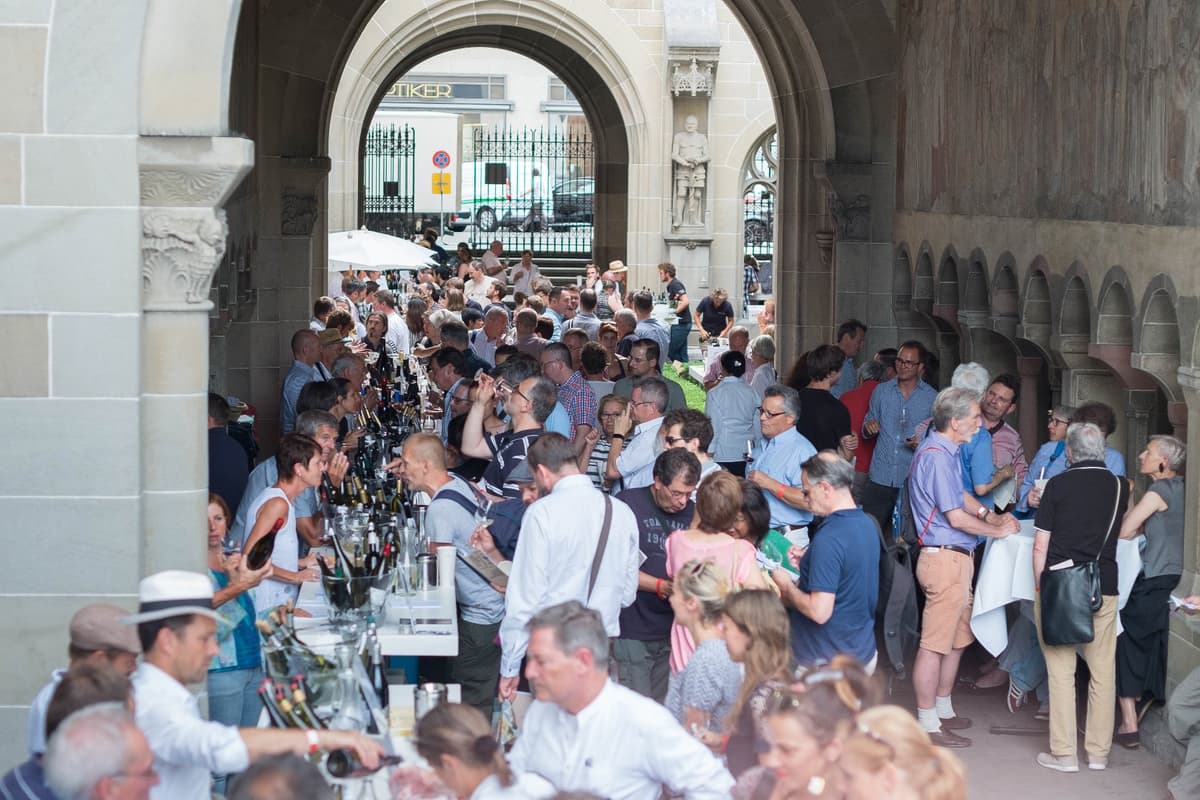
Think everything in Europe is precise and strictly by the rules, especially in proper Switzerland? Not quite! Clever minds exist everywhere. While five wines are officially on display, special visitors can sometimes enjoy an additional selection of five varieties or vintages.
Events like these remind you that winemakers are very much part of the 21st century. In northern Switzerland, they’re producing Malbec, Cabernet Sauvignon, Syrah, and even a Sauternes-style dessert wine! While not every wine is award-winning, the innovation and effort are impressive.
As a simple Belarusian who spent a month helping in the vineyards, I felt at home here from the very first moments. By now, I’d even become personally acquainted with a few producers.
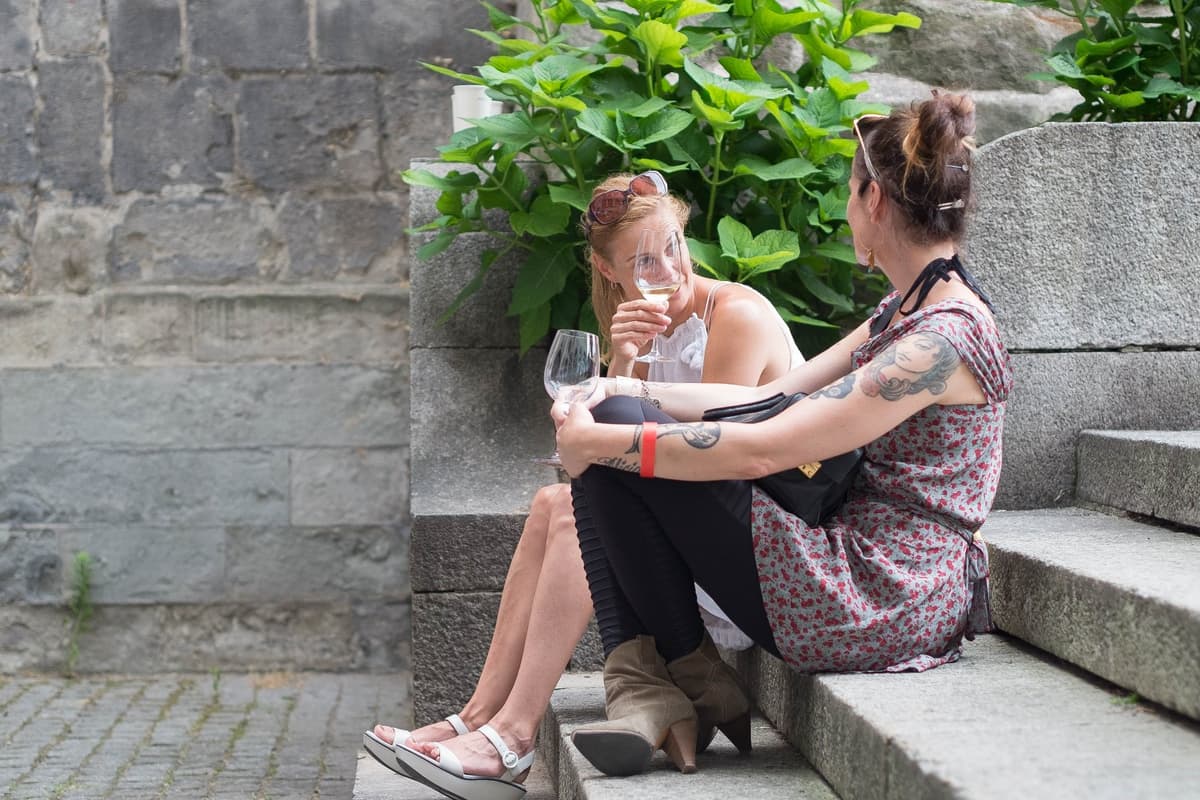
In short, it was a positive experience. Everyone was chatting, smiling, and tasting wine. To my delight, I had six hours to explore the most exciting grape varieties, compare the differences within the same varieties, and discover something new.
Each winery had a price list displayed. Interestingly, the quality of the wines that day generally aligned with their prices. For example, the cheapest Riesling-Sylvaner at 11 francs was refreshing but unremarkable. In contrast, a bottle of the same grape variety priced at 25 francs offered more aromatic complexity, minerality, and overall appeal. Pinot Noir ranged widely as well, from light rosés to dark, tannic wines aged for a year in oak, with prices reflecting their quality.
The most popular wines at the exhibition were Chardonnay, Riesling, and Pinot Gris, particularly in their semi-sweet styles.
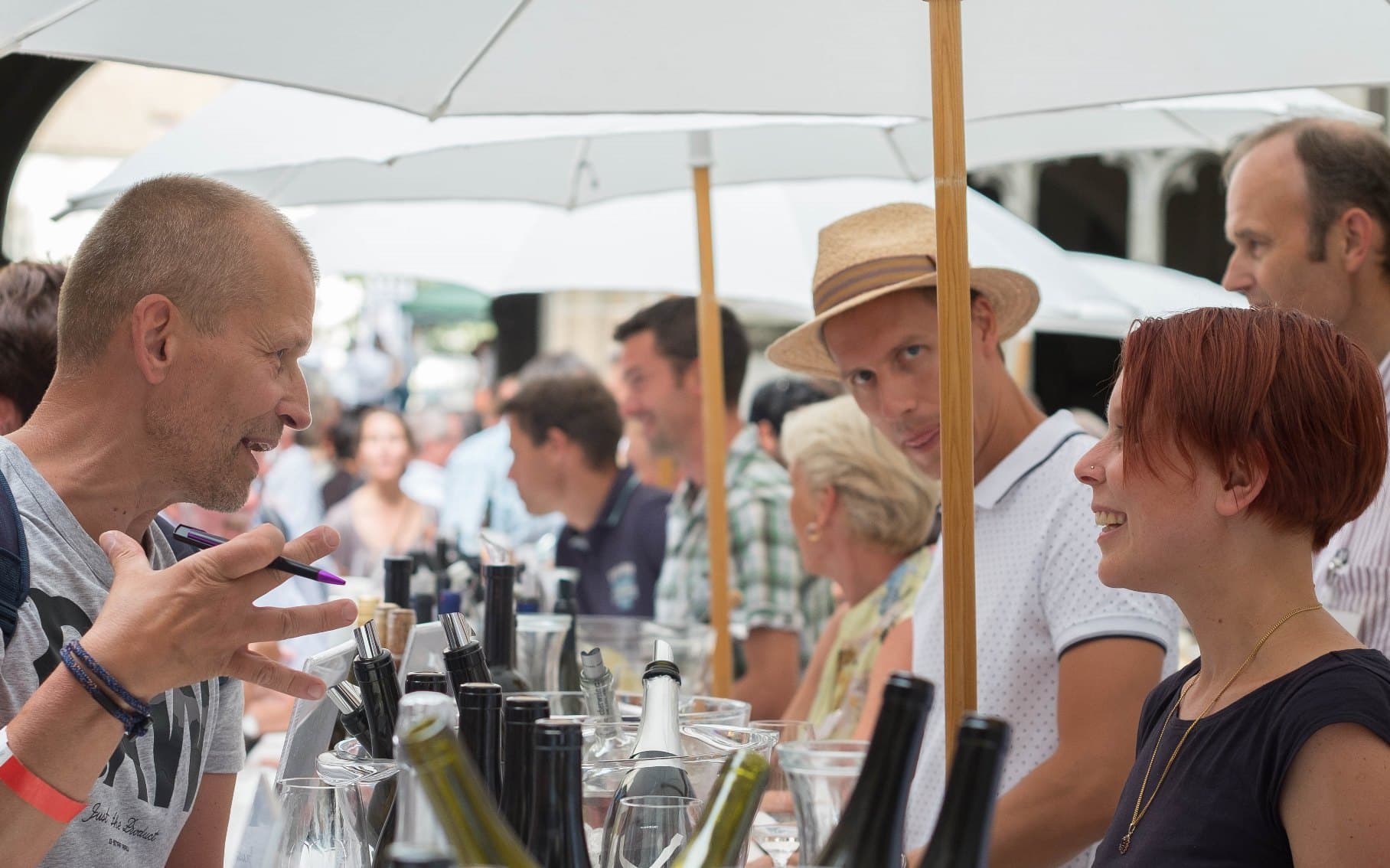
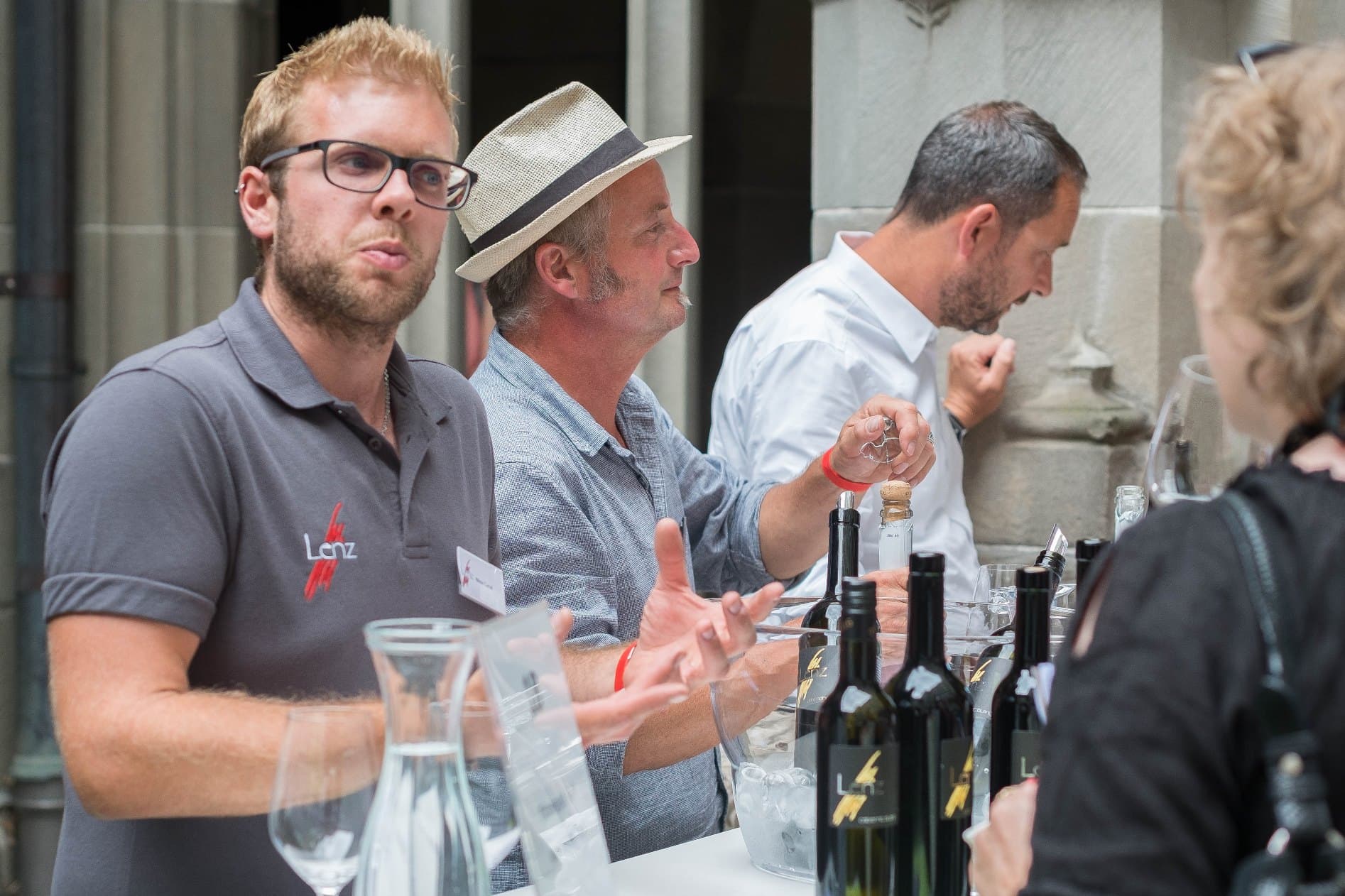
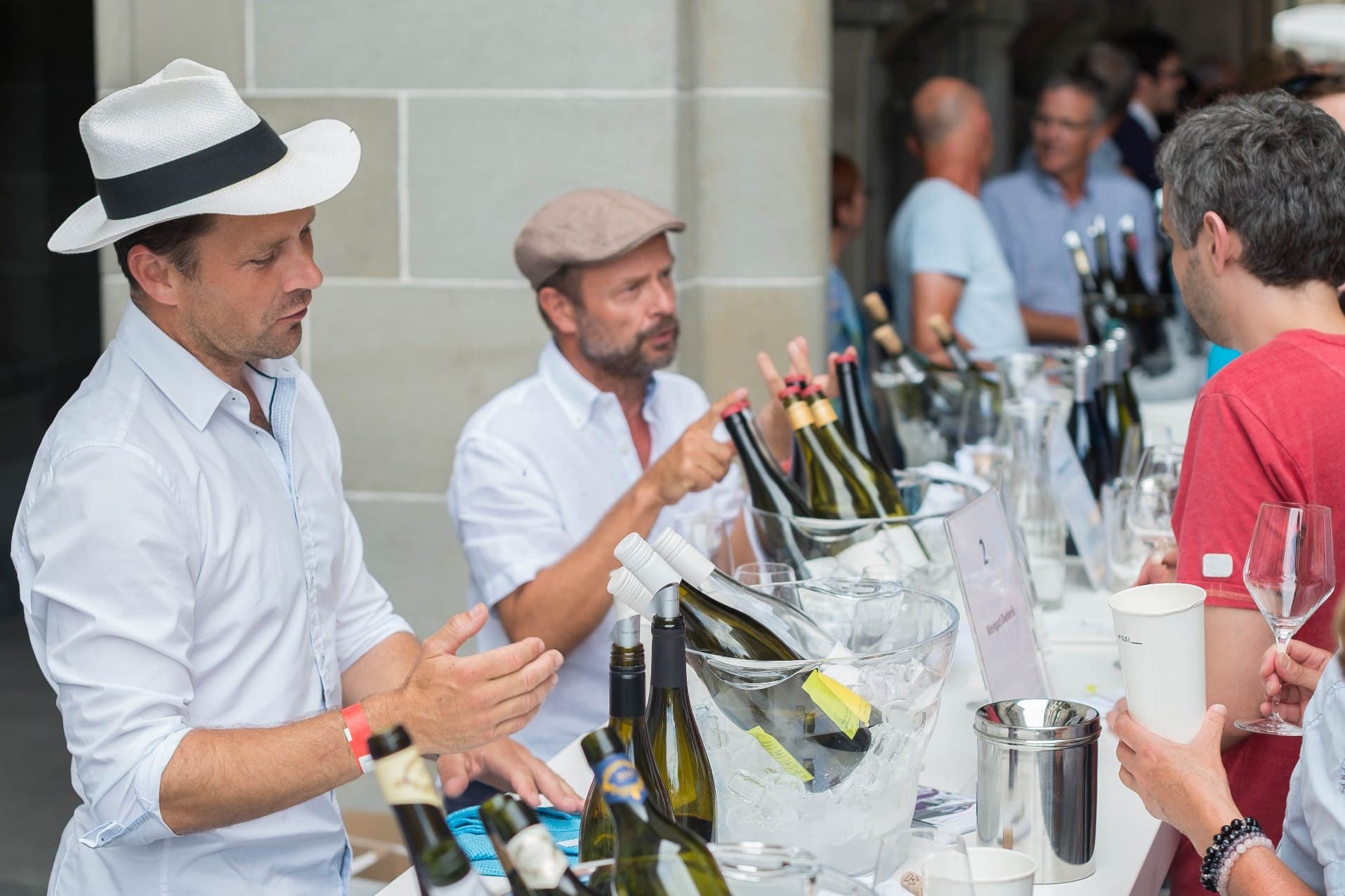
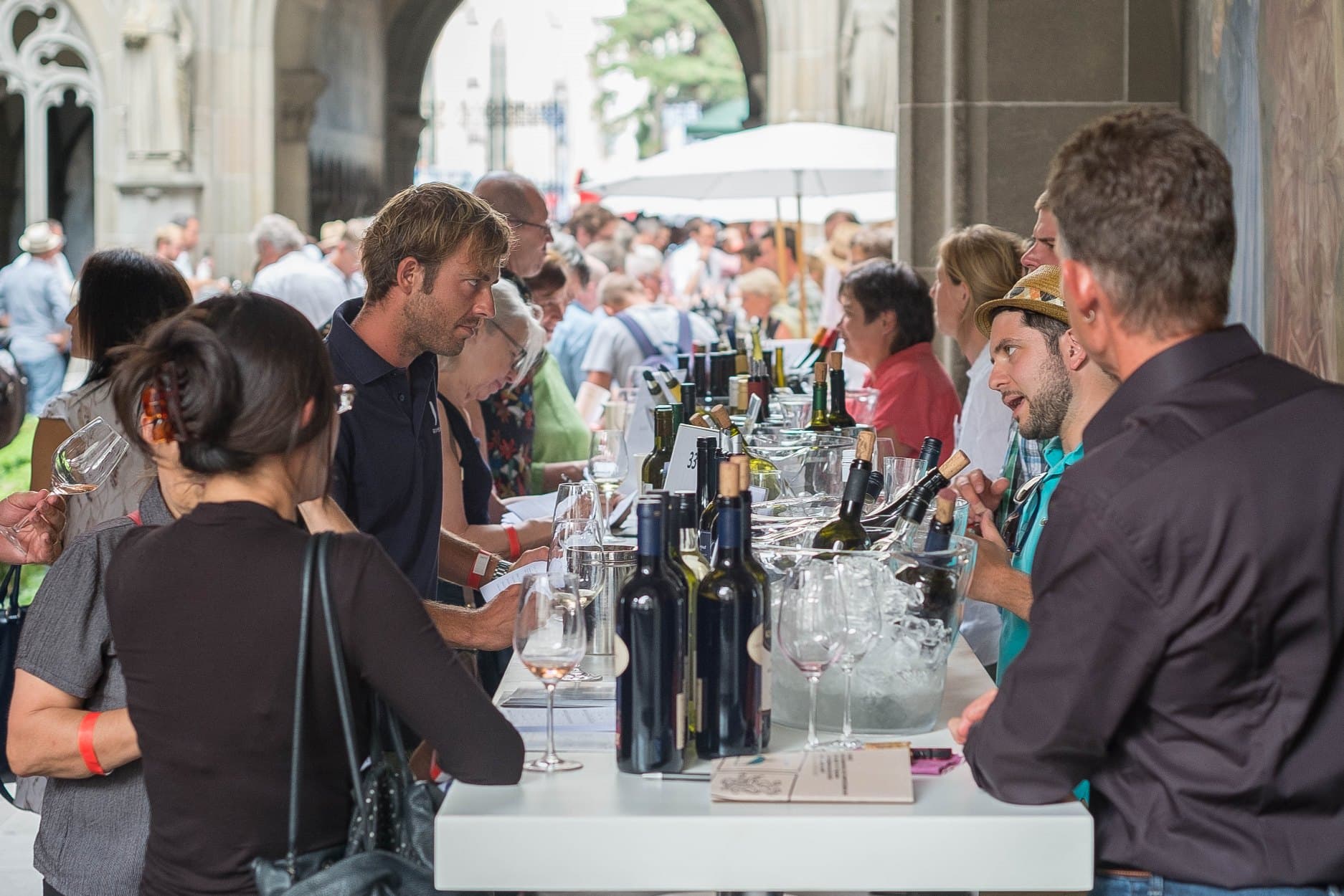
That day, the crowd was a mix of restaurateurs, winemakers from other regions, everyday people sharing whispers, and young folks drawn by the allure of a “freebie.” After all, 20 francs for an evening of unlimited wine and snacks was a bargain.
For me, it was a two-in-one experience. As a winery representative, I got in for free. I wandered around, asking questions about vinification methods and chatting casually “about this and that.” Some people were happy to sit with me on the cobblestones, sipping wine, while others dived into discussions about which type of oak is best for aging Blauburgunder.
After two hours of tasting Zurich’s main varieties, I felt the urge to seek out something different—something unexpected for this region.
One standout was the producer Schweizer Weinmanufaktur, who has been experimenting with Malbec and Syrah in a relatively cool climate for over a decade. However, some other producers also offered Malbec and Syrah wines, but these were light-bodied and lacked the aromatic depth or the “profile” typically associated with these varieties.
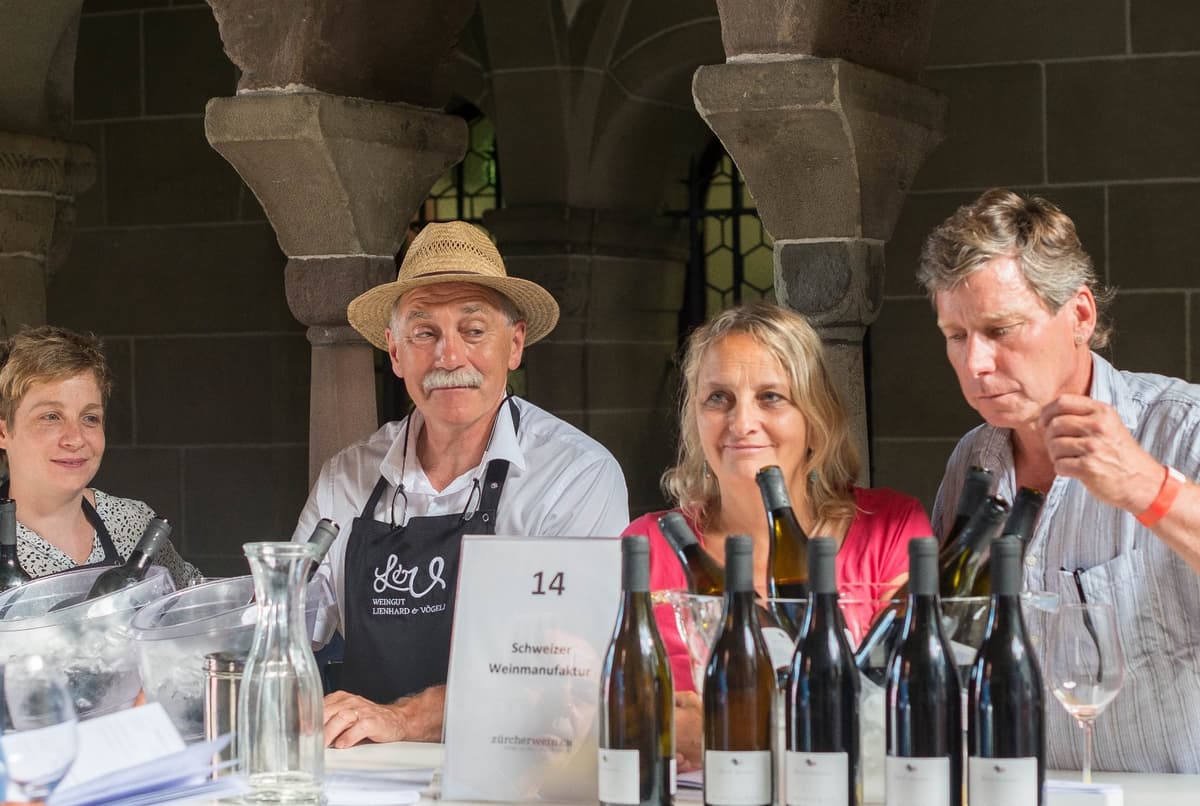
Schweizer Weinmanufaktur, with great effort, manages to achieve tannins and aromas reminiscent of the authentic taste of these Argentine and Hermitage varieties. This feat is accomplished only about once every three years, thanks to the southern slopes that allow for better ripening.
Another fascinating discovery for me was the grape variety Regent. In this case, it was a hybrid of Müller-Thurgau and Chambourcin, produced by Baumann Weinbau. Truly impressive! This variety is also grown in Austria and Germany. Regent is one of the Swiss grape hybrids developed to create more disease-resistant varieties, which makes it a promising choice for sustainable viticulture.
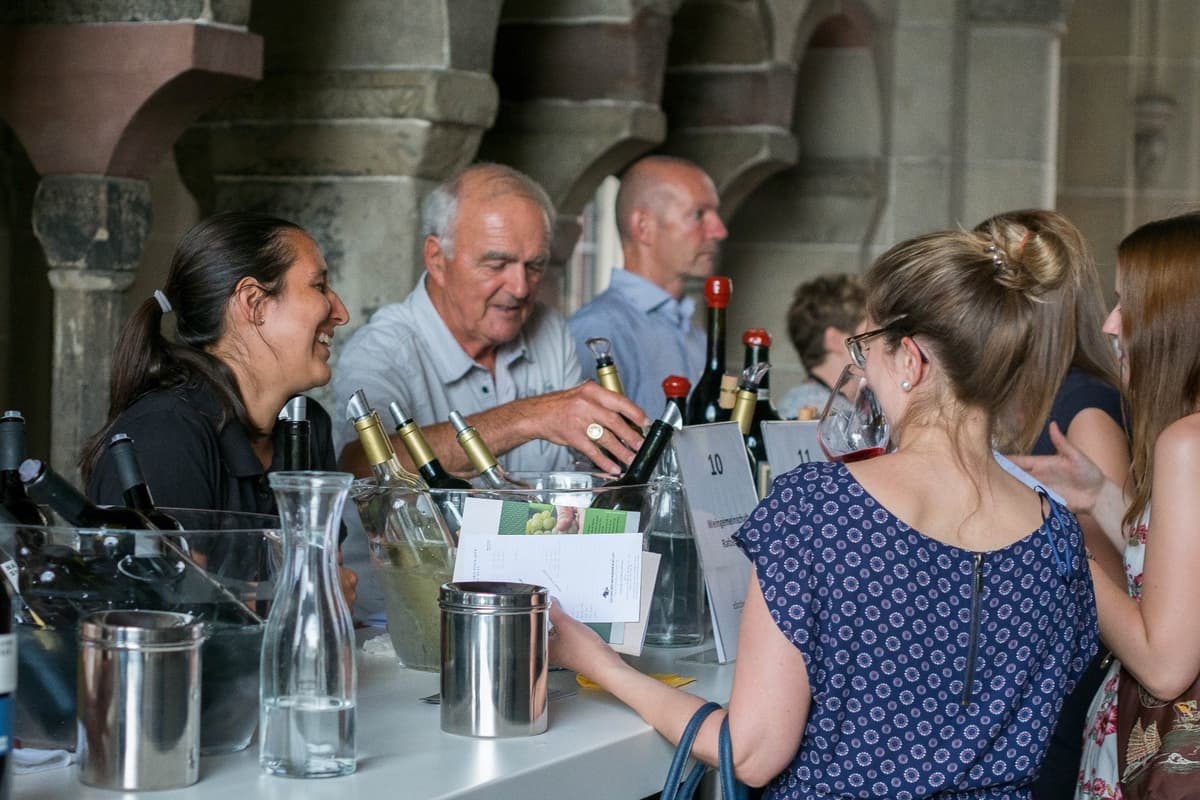
An elderly gentleman brought just two versions of his wine: one aged for six months in a 300-liter barrel, the other for two years. That was it. With endless warmth and kindness, he shared the story of his wine with everyone who crossed his path.
The wine itself was a deep purple, tannic on the palate, and transformed into a fruit bomb after a few seconds. It’s an excellent alternative to Cabernet or Malbec—perfect with steak!
Among all the producers, Zweifel Weine stood out. Wine prices in Switzerland are generally high, but Zweifel’s wines, including Riesling (similar to Müller-Thurgau), Sauvignon Blanc, Malbec, and Pinot Noir, were priced at 30 francs. Their premium Pinot Noir, however, was a striking 69 francs. Why the difference?
Some winemakers aim to create wines that are simply delicious, while others strive for excellence and uniqueness. The Zweifel family has been perfecting and promoting AOC Zurich wines for over 80 years. At the exhibition, they proudly showcased all their top wines.
This is the magic of wine tastings, where dozens of producers gather. You can feel the personal love and dedication of winemakers like Baumann or stand side by side with local leaders of the wine industry, like Zweifel.
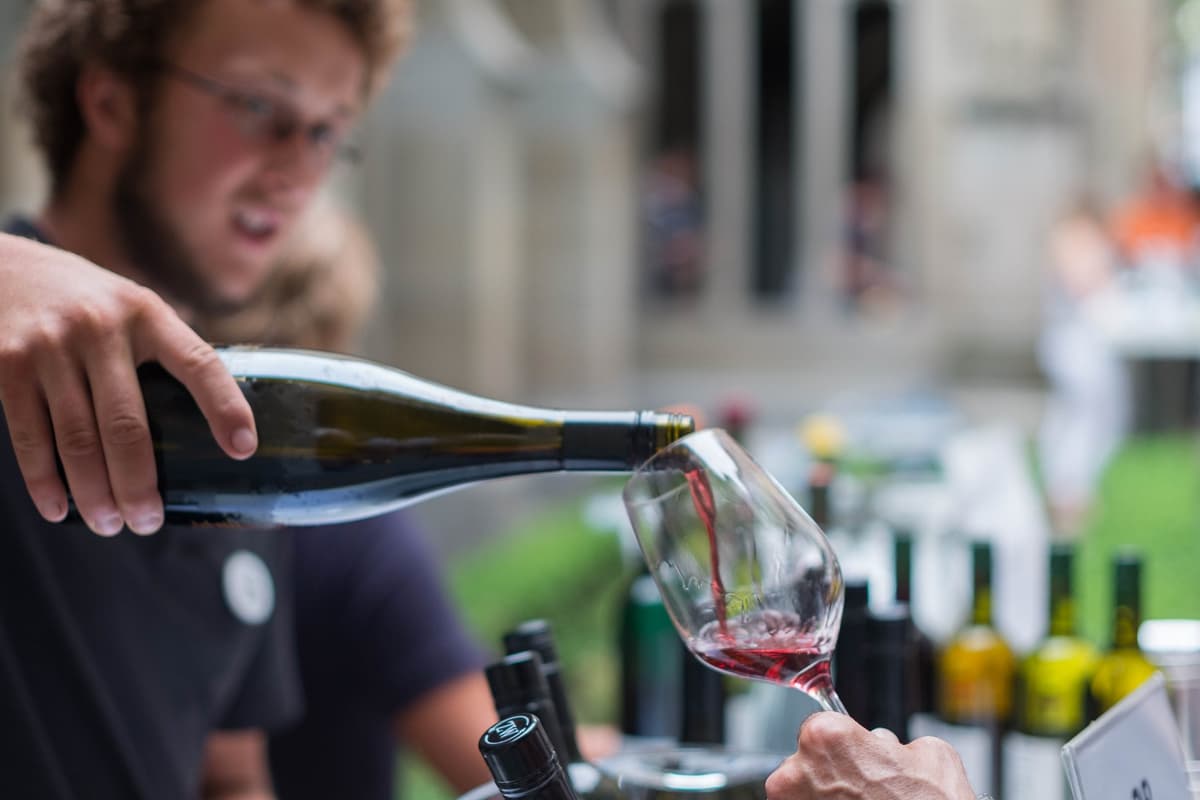
Of course, there were a few negative moments. For instance, comments like, “Why is he walking around and trying everything? Stop drinking!”—likely because I was dressed in the branded attire of the winery family we stayed with in the village of Wil, a direct competitor. Despite this, the overall atmosphere remained friendly and welcoming.
And that’s how the day went. So, keep an eye on the schedules for tastings and wine exhibitions in the regions you’re visiting. You might just stumble upon an unforgettable experience like this by chance!

